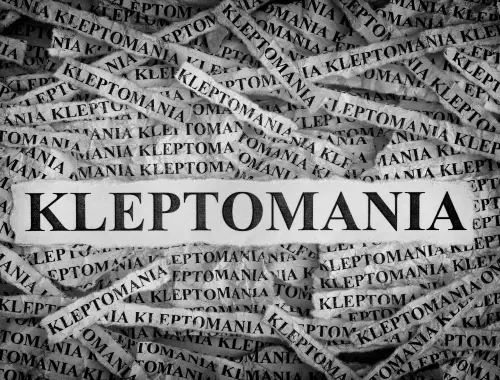Kleptomania is a mental health disorder characterized by the uncontrollable urge to steal. This disorder is not limited to adults, and children and adolescents can also experience kleptomania. In this article, we will explore the signs of kleptomania in children and adolescents, as well as interventions that can help.
Signs of Kleptomania in Children and Adolescents
Kleptomania in children and adolescents may present differently than in adults. Children and adolescents may not have the same impulse control as adults, which can make it more difficult for them to resist the urge to steal.
Some common signs of kleptomania in children and adolescents include:
- Repeated theft of items that are not needed or valuable
- Difficulty resisting the urge to steal
- Feeling a sense of tension or anxiety before stealing
- Feeling a sense of pleasure or relief after stealing
- Justifying or rationalizing the behavior to others
- Difficulty explaining where items came from
- Denying stealing despite evidence to the contrary
Interventions for Kleptomania in Children and Adolescents
Kleptomania in children and adolescents can have significant consequences for their lives, including legal and social problems. It is essential to intervene early to prevent further harm.
The first step in intervening is to seek professional help. A mental health professional can diagnose kleptomania and provide appropriate treatment. Treatment for kleptomania in children and adolescents typically involves a combination of therapy and medication.
Cognitive-behavioral therapy (CBT) is a common form of therapy used to treat kleptomania in children and adolescents. CBT helps children and adolescents identify and change negative thought patterns and behaviors related to stealing.
In addition to therapy, medication can be helpful in treating kleptomania in children and adolescents. Selective serotonin reuptake inhibitors (SSRIs) are medications commonly used to treat kleptomania. SSRIs work by altering the brain’s chemistry, reducing the urges to steal.
Parental involvement is also essential in treating kleptomania in children and adolescents. Parents can provide support and encouragement to their children and adolescents, as well as help them manage their symptoms. Setting clear boundaries and consequences for stealing can also be helpful in reducing the behavior.
Challenges in Treating Kleptomania in Children and Adolescents
Treating kleptomania in children and adolescents can be challenging for several reasons. First, children and adolescents may not fully understand the consequences of their behavior, making it difficult for them to seek help or acknowledge their condition. Second, the stigma associated with kleptomania can make it challenging for children and adolescents to disclose their condition to others.
Additionally, there may be legal consequences associated with stealing, which can make it even more challenging for children and adolescents with kleptomania to seek treatment and support.
Conclusion
Kleptomania is a mental health disorder that can affect individuals of all ages, including children and adolescents. Signs of kleptomania in children and adolescents include repeated theft of items that are not needed or valuable, difficulty resisting the urge to steal, and feeling a sense of tension or anxiety before stealing.
Interventions for kleptomania in children and adolescents involve seeking professional help, including therapy and medication, as well as parental involvement and support. It is essential to intervene early to prevent further harm and reduce the negative consequences of kleptomania. By creating a supportive and inclusive environment for children and adolescents with kleptomania, we can reduce the stigma and help them lead fulfilling lives.









Leave a Reply